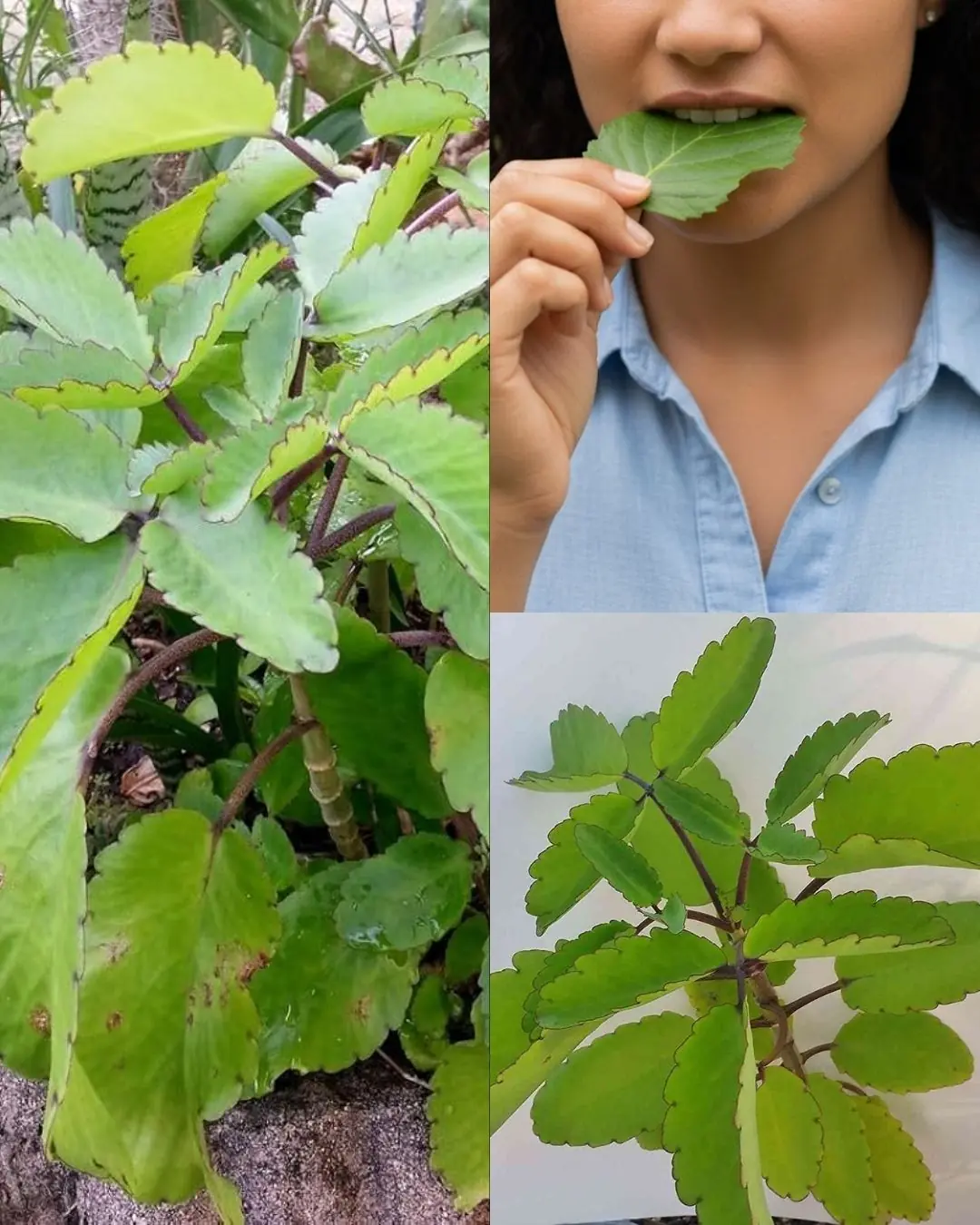
Okra Leaf Power: The Overlooked Green With Surprising Benefits
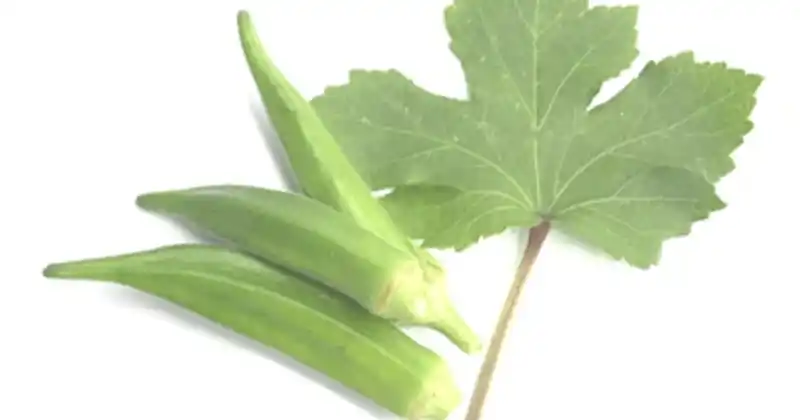
When most people think of okra, they picture the long green pods, also called lady’s fingers. But behind the scenes lies an often-overlooked treasure: okra leaves.
For generations in certain cultures, okra leaves have been used as food, herbal remedies, and natural health supports — yet many modern households have never tried them. These broad, tender leaves are packed with nutrients, natural fibers, and soothing herbal compounds that can support digestion, immunity, skin health, and overall wellness.
Today, we explore the powerful potential of okra leaves, why they deserve a spot in your kitchen and herbal cabinet, and simple ways to use them safely at home.
Nutritional Highlights of Okra Leaves
Okra leaves contain:
-
Vitamin C
-
Vitamin K
-
Folate
-
Calcium
-
Iron
-
Natural soluble fiber
-
Antioxidants like polyphenols and flavonoids
-
Plant mucilage (the same gentle gel found in okra pods)
This nutrient combination makes okra leaves a versatile option for overall health, offering gentle internal support while nourishing the body.
Top Benefits of Okra Leaves
1. Digestive Support
The mucilaginous gel in okra leaves acts as a natural soothing agent for the digestive tract, helping with:
-
Constipation relief
-
Indigestion and acidity
-
Gentle regulation of bowel movements
2. Supports Healthy Blood Sugar
Okra leaves contain fiber and plant compounds that may help slow sugar absorption and maintain balanced energy levels throughout the day.
3. Reduces Inflammation
Traditionally, okra leaves have been used to calm swelling, irritation, and “body heat” in joints or muscles.
4. Liver Support
Antioxidants and chlorophyll in the leaves may support normal liver detoxification processes.
5. Natural Immune Booster
High vitamin C content and plant compounds help strengthen immunity and support overall body defenses.
6. Skin Healing Potential
Mashed fresh leaves can be applied to minor cuts, insect bites, or irritated skin for cooling, soothing relief.
7. Hydrating & Soothing
The mucilage in okra leaves helps hydrate tissues, making it useful for dryness, throat irritation, or internal “heat.”
8. Supports Women’s Health
In traditional practices, okra leaf tea is used to ease menstrual discomfort and support reproductive wellness.
9. Supports Strong Bones
Calcium, magnesium, and vitamin K in the leaves contribute to healthy bones and joints.
10. Gut Flora Support
The natural fiber nourishes beneficial gut bacteria, which supports digestion and immunity.
How to Use Okra Leaves at Home
Harvesting & Preparing:
-
Choose young, tender leaves (older leaves can be tough and slightly bitter).
-
Rinse well under running water.
-
Chop, boil, steep, blend, or dry depending on your recipe.
Simple Ways to Use Okra Leaves
1. Okra Leaf Tea (Digestion & Detox)
Ingredients: 3–5 fresh leaves (or 1 tsp dried), 2 cups water
Method:
-
Chop leaves.
-
Boil water and add leaves.
-
Simmer 10–12 minutes.
-
Strain and sip warm.
Tip: Drink once daily, preferably in the morning.
2. Okra Leaf Soup (Beginner-Friendly)
Ingredients: handful of chopped leaves, onion, garlic, pinch of salt, 1 small tomato (optional), water or broth
Method:
-
Sauté onion and garlic lightly.
-
Add leaves and tomato.
-
Add water and simmer 15 minutes.
-
Blend or mash slightly for a creamy texture.
Tip: Soothing for digestion and gentle on the gut.
3. Okra Leaf Stir-Fry (Nutrient-Rich Side Dish)
Method:
-
Chop young leaves finely.
-
Sauté with a little oil, salt, pepper, and garlic.
-
Cook until soft.
Tip: Serve alongside rice or meat — mild, spinach-like taste.
4. Raw Okra Leaf Smoothie (Fiber & Cleansing)
Method:
Blend 2–3 small leaves with a banana or apple, lemon juice, and water.
Tip: Blending breaks the texture, making it easy for beginners.
5. Homemade Okra Leaf Poultice (Skin Irritation Relief)
Method:
-
Crush fresh leaves into a paste (add water if needed).
-
Apply to clean skin.
-
Leave 10–15 minutes and rinse gently.
Tip: Ideal for minor irritation, insect bites, or heat rash.
6. Dry & Powder the Leaves (For Long-Term Storage)
Steps:
-
Wash leaves.
-
Air-dry or dehydrate.
-
Grind into powder.
Uses: Add to soups, smoothies, or sprinkle ½ tsp into warm water.
Tips for Beginners
-
Start with young leaves — they’re softer and less bitter.
-
When boiling, don’t discard the water; it holds nutrients.
-
Introduce mucilaginous herbs gradually to avoid digestive discomfort.
Possible Precautions
-
People on strong blood-thinning medication should start with small amounts (due to vitamin K content).
-
Pregnant individuals should consult a healthcare professional before frequent internal use.
-
Generally safe as food when used sensibly.
Okra leaves are a surprisingly powerful and versatile green — rich in nutrients, gentle on the body, and easy to prepare. From teas and soups to smoothies and skin poultices, they provide nourishment and wellness support that many people have never experienced.
Next time you grow or buy okra, don’t throw away the leaves — they might just become your new herbal kitchen secret.
News in the same category


8 Methods That Clean Your Gut & Eliminate Constipation Fast! (100% Natural Remedies)
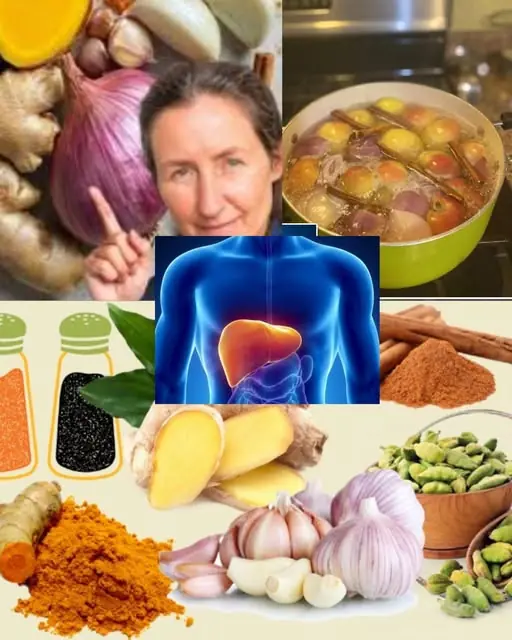
The Best Tea for Mornings and After Dinner: A Powerful Blend for Health
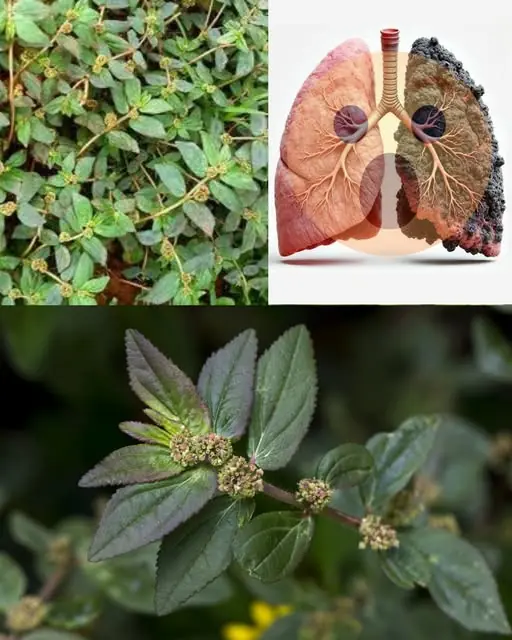
Euphorbia Hirta: 9 key health benefits of this versatile plant

Asthma Plant Tea – Benefits and Uses of Euphorbia hirta
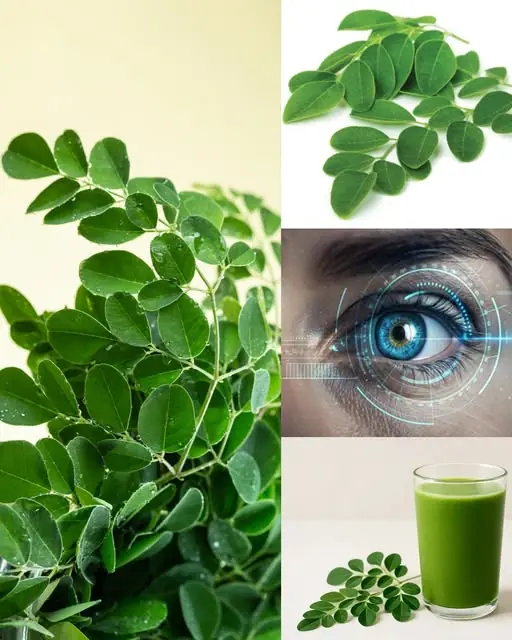
12 Powerful Benefits of Moringa Seeds
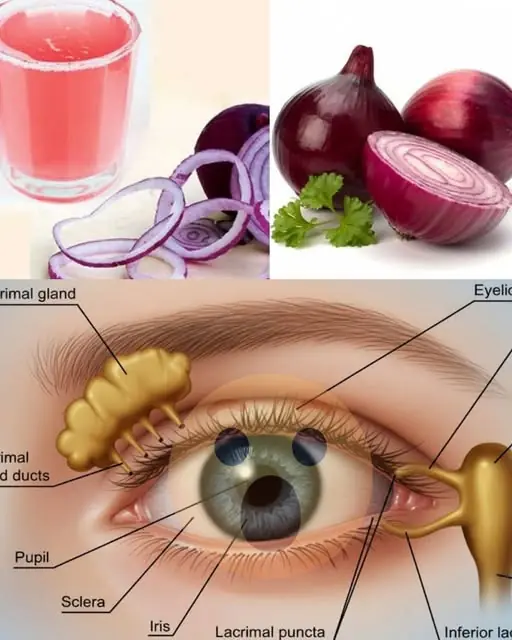
Onion Drink for Eye Health – A Natural Way to Improve Vision and Protect Your Eyes

Motherwort: Health Benefits, Traditional Uses & How to Use This Heart-Soothing Herb
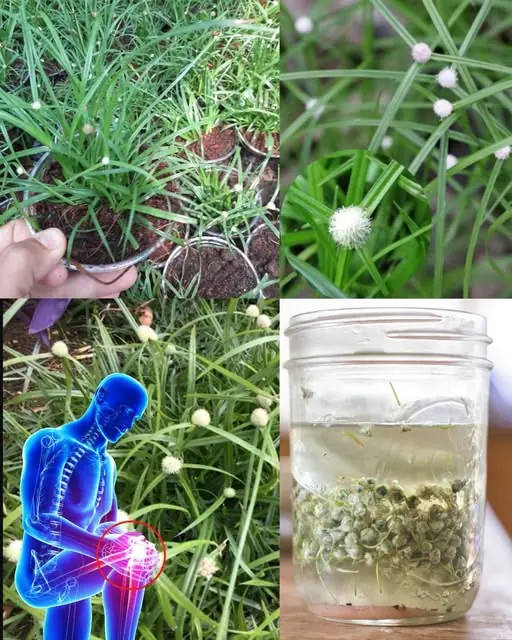
Kyllinga brevifolia (Rottb): Benefits and How to Use It
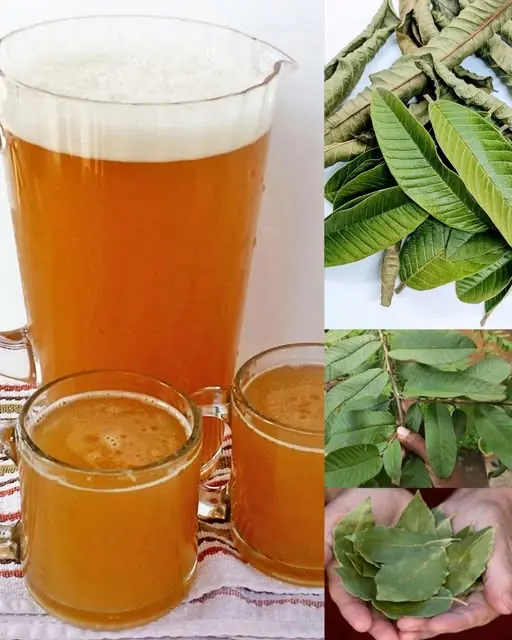
The four medicinal leaves: Avocado leaves, mango leaves, bay leaves, and guava leaves

Ginger – 100 Times More Powerful Than Botox: The Natural Secret to Eliminate Wrinkles, Freckles, and Dark Spots

Clean Your Arteries Naturally with This Simple Homemade Juice — A Daily Tonic for Heart Health and Circulation

Red Onion Magic: The Little Kitchen Secret That Balances Blood Sugar Naturally

End Knee Pain Naturally: The Secret Power of Ginger Doctors Don’t Tell You

Proven Health Benefits of Dates (Dried, Fresh, Medjool) – Science Based

DIY Natural Hair Dye: Turn Gray Hair Black Naturally at Home

How to Eat Garlic and Honey on an Empty Stomach for 7 Days — The Natural Ritual That Strengthens, Cleanses & Revitalizes the Body

11 Benefits of Dandelion Roots
News Post

The Heartbeat of Compassion: The Unlikely Hero Who Saved a Hippo's Life

Zoo in Thailand Shut Down After Bears in Giant Hamster Balls Turn on Guests

A Pitcher’s Second Chance: How a High School Classmate Stepped Up to Save Steven Register’s Life

Rooting for Will: A Tuesday of Joy Before a Wednesday of Courage

Two Hearts That Needed Each Other.

The Mother Who Delivered More Than Food.

The Boy Who Paid for a Stranger’s Meal When No One Was Watching.

How To Use a Frozen Lemon To Fight Malignant Tumors in The Body

Can I Eat Without Hiding Now?

He Thought It Was Just Another Shift — Until a Life Was Placed in His Hands.

How to make fragrant and nutritious passion fruit peel jam

The refrigerator gasket is moldy, use this to clean it, it will be clean in just 5 minutes

How to make spicy and sour pickled cabbage to eat during Tet

Winter drink lemon honey ginger water, body 5 special benefits

The Little Bear Who Just Needed a Way Home.

Tet candies have desiccant packets, remember to keep them because they are extremely useful.

The old farmer reveals the differences between 2 types of cabbage and 3 things to note when buying to avoid confusion and choose delicious, safe types.
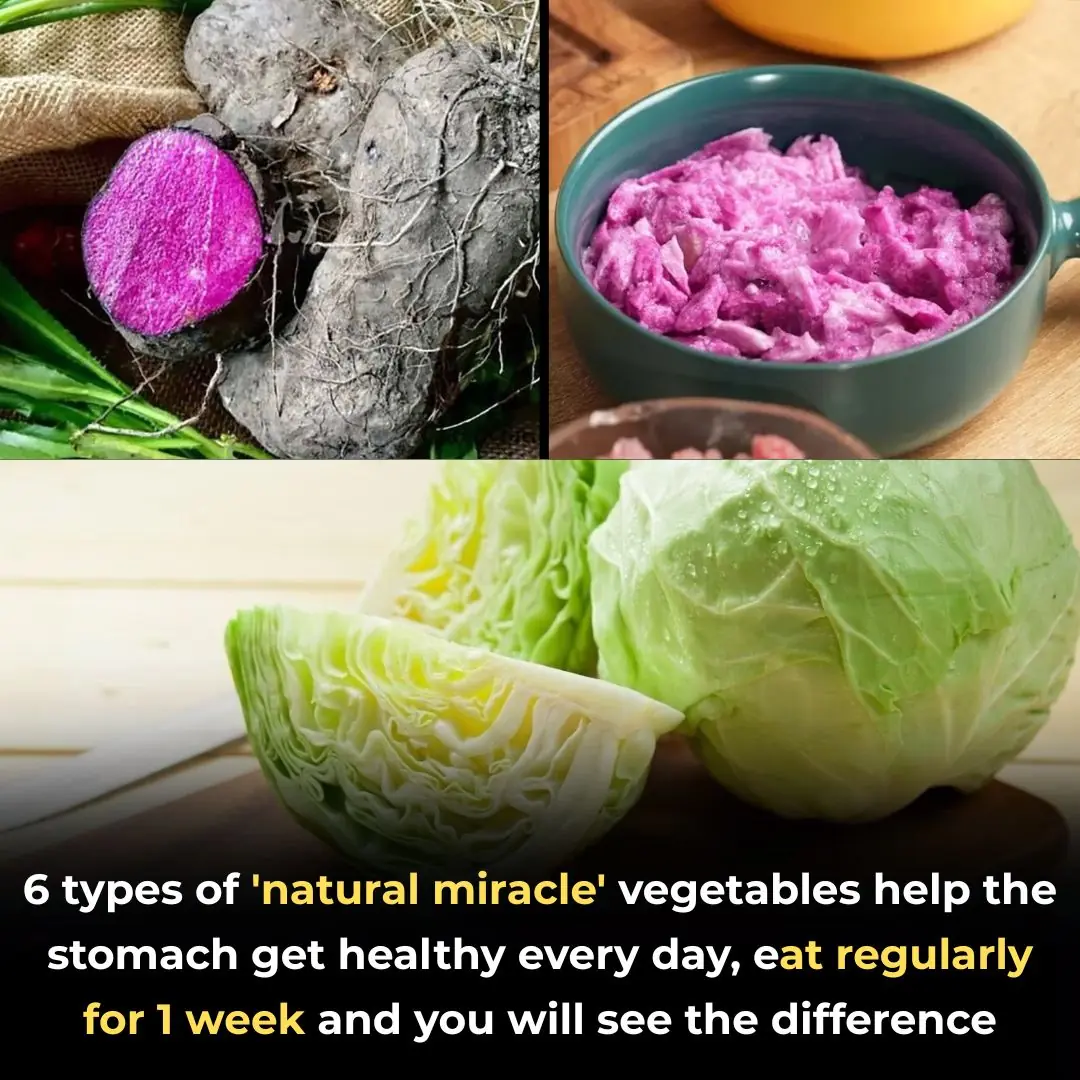
6 types of 'natural miracle' vegetables help the stomach get healthy every day, eat regularly for 1 week and you will see the difference

Shrimp seller tips: How to distinguish farmed shrimp from wild shrimp in just a few seconds of observation
